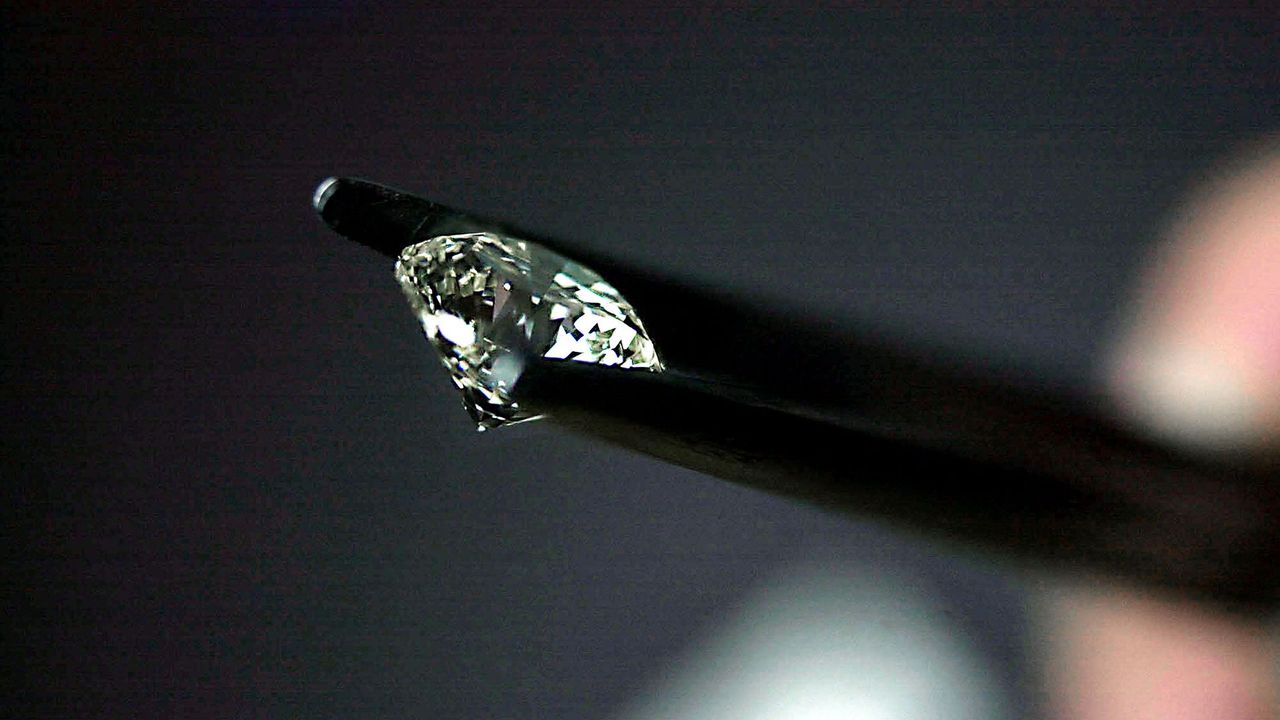
Lab-Grown Diamonds: The CVD Method and Beyond
admin
- 0
Introduction
Lab-grown diamonds, particularly those created using Chemical Vapor Deposition (CVD), have gained significant popularity in recent years. These diamonds are virtually indistinguishable from natural diamonds and offer a sustainable and ethical alternative to traditional diamond mining. This article explores what CVD lab-created diamonds are, how they are made, their benefits, and their place in the jewelry market.
What Are Lab-Grown Diamonds?
Lab-grown diamonds are real diamonds that are created in controlled laboratory environments, replicating the natural processes that form diamonds in the Earth. Unlike synthetic or simulant stones, lab-grown diamonds possess the same physical, chemical, and optical properties as mined diamonds. The two primary methods for creating lab grown diamonds cvd are High Pressure High Temperature (HPHT) and Chemical Vapor Deposition (CVD), with CVD being the more popular method for producing gem-quality diamonds.
The CVD Process
CVD involves a process where carbon-containing gases, such as methane, are introduced into a chamber containing a substrate, usually made of diamond. The gases are energized, often using microwaves, causing them to break down and deposit carbon atoms on the substrate. Over time, these carbon atoms crystallize and form diamond structures. The CVD process allows for precise control over the diamond’s characteristics, including size, shape, and quality, making it an attractive option for both manufacturers and consumers.
Advantages of CVD Lab-Created Diamonds
CVD lab-created diamonds offer several advantages over mined diamonds. First and foremost, they are more environmentally friendly. The process of mining natural diamonds can be ecologically damaging, often leading to deforestation and habitat destruction. In contrast, lab-grown diamonds have a significantly lower carbon footprint. Additionally, CVD diamonds are typically more affordable than their mined counterparts. This price advantage allows consumers to purchase larger or higher-quality diamonds without breaking the bank.
Another critical factor is the ethical considerations surrounding diamond sourcing. Many consumers are concerned about the so-called “blood diamonds,” which are mined in conflict zones and sold to finance violence. CVD diamonds provide a guilt-free alternative, as they are created in a controlled environment without human rights abuses or environmental destruction.
Market Trends
The market for lab-grown diamonds is experiencing rapid growth. As consumers become more informed about their choices and prioritize sustainability and ethical sourcing, the demand for lab-created diamonds continues to rise. Major retailers have begun to embrace lab-grown diamonds, offering them alongside traditional mined diamonds. This shift indicates a broader acceptance of lab-created stones in the luxury market.
Moreover, advancements in technology are making the production of CVD diamonds more efficient and cost-effective. As technology continues to improve, it is likely that the price of lab-grown diamonds will decrease further, making them an even more appealing option for consumers.
Conclusion
CVD lab created diamonds represent a revolutionary shift in the diamond industry, offering consumers a sustainable, ethical, and affordable alternative to mined diamonds. As awareness and acceptance of lab-grown diamonds continue to grow, they are set to play an increasingly important role in the jewelry market. With their stunning beauty and ethical production methods, CVD diamonds are poised to redefine the future of diamond purchasing, aligning with the values of modern consumers who seek quality without compromising their principles.


